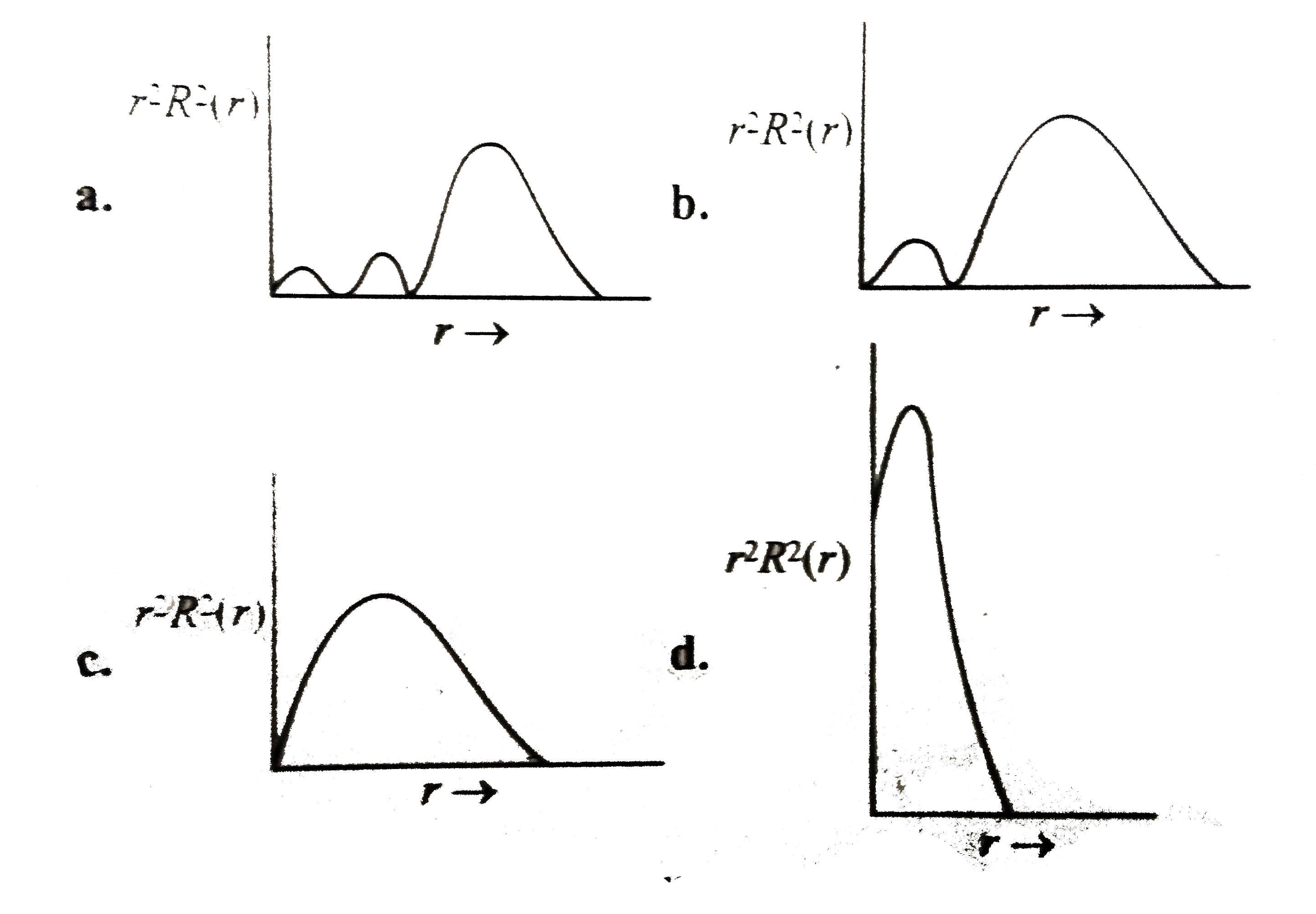Consider the following:
(i) The probability density for an l = 0 state
(ii) The probability density for a state with l = 0
(iii) The average of the probability densities for all states in an l = 0 subshell
Of these, which are spherically symmetric?
Only (i)
Only (ii)
Only (i) and (ii)
Only (i) and (iii)
The correct Answer is:D
Topper's Solved these Questions
- BOOK - RESNICK AND HALLIDAYCHAPTER - HYDROGEN ATOMEXERCISE - PRACTICE QUESTIONS (More than One Correct Choice Type)15videos
HYDROGEN ATOM
- BOOK - RESNICK AND HALLIDAYCHAPTER - HYDROGEN ATOMEXERCISE - PRACTICE QUESTIONS (Linked Comprehension)9videos
HYDROGEN ATOM
- BOOK - RESNICK AND HALLIDAYCHAPTER - HYDROGEN ATOMEXERCISE - PROBLEMS36videos
HYDROGEN ATOM
- BOOK - RESNICK AND HALLIDAYCHAPTER - HEAT-MEASUREMENT AND TRANSFEREXERCISE - PRACTICE QUESTIONS( INTEGER TYPE)5videos
HEAT-MEASUREMENT AND TRANSFER
- BOOK - RESNICK AND HALLIDAYCHAPTER - INTERFERENCE AND DIFFRACTION EXERCISE - PRACTICE QUESTIONS (Integer Type)6videos
INTERFERENCE AND DIFFRACTION
Similar Questions
Which of the following radial probability density graph corresponds to l=2 for which the least value of l=2 is allowed ?
 View Solution
View SolutionFor the hydrogen atom in its ground state, calculate (a) the probability density y (r) and (b) the radial probability density Ψ2(r) for r= a, where a is the Bohr radius.
View Solution
Knowledge Check
- Question 1 - Select One
Following is the probability density function f(x)=pxe−4x2,0≤x≤∞ . Then the value of p is
A8B5C7D-1 - Question 2 - Select One
If f(x)=λe−ax(a>0) for 0≤x<∞ is a probability density, then λ is equal to
AaBa2C1aDa3
Show that the radial probability density for the ground state of the hydrogen atom has maximum at r = a.
View SolutionState whether the following probability distribution is admissible or not.
 View Solution
View SolutionState whether the following probability distribution is admissible or not.
 View Solution
View SolutionIf the probability density function of a random variable X is given as
then F(0) is equal to
 View Solution
View SolutionWhich of the following statement is correct regarding probability density (except infinity)
View SolutionWhich of the following statement is correct regarding probability density (except infinity)
View Solution

